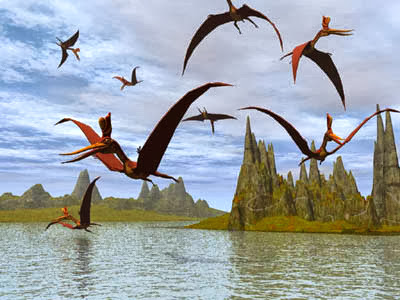 | |||||||
| A fossil of a fish found by paleontologist Randy Irmis in southeast Utah. Friday, October 4, 2013 |
And, more important, such details can help explain how they evolved during the late Triassic more than 200 million years ago to dominate the Earth’s land forms for millions of years.
Among the best places to look for clues is Utah’s Chinle Formation, the dark red and orange conglomerates deposited when the Colorado Plateau was a swampy tropical place.
While exploring federal lands in southeast Utah, Irmis and his team of students and volunteers discovered the remains of small fish and a phytosaur. These finds could lead to troves of ancient bones when they return next year with an excavation permit from the Bureau of Land Management.
"It’s not just a few scales and bones, but the whole skeleton of many different fish," said Irmis, a curator at the Natural History Museum of Utah. He blogs about his excavations in The New York Times.
The BLM has asked the news media to not disclose the exact location to deter vandalism or theft of the publicly owned resource.
The phytosaur was a crocodilelike reptile that prowled freshwater environments for prey that included early dinosaurs. The dominant predator, phytosaurs died off like so many other species at the end of the Triassic.
Phytosaur species have a long snout like modern crocodiles, but the nostrils are close to the eyes rather than protruding from the end of the snout. This is evidence that the crocodile did not descend from the phytosaur and the two creatures developed long snouts independently in a process known as "convergent evolution," according to Milner, a paleontologist with St. George’s Dinosaur Discovery Site at Johnson Farm.
He and his colleagues have found numerous phytosaurs, as well as early crocodiles that look nothing like their modern descendants. "When phytosaurs went extinct, it opened up a niche for crocs to evolve," Milner said. The disappearance of the phytosaur also made room for other reptiles.













